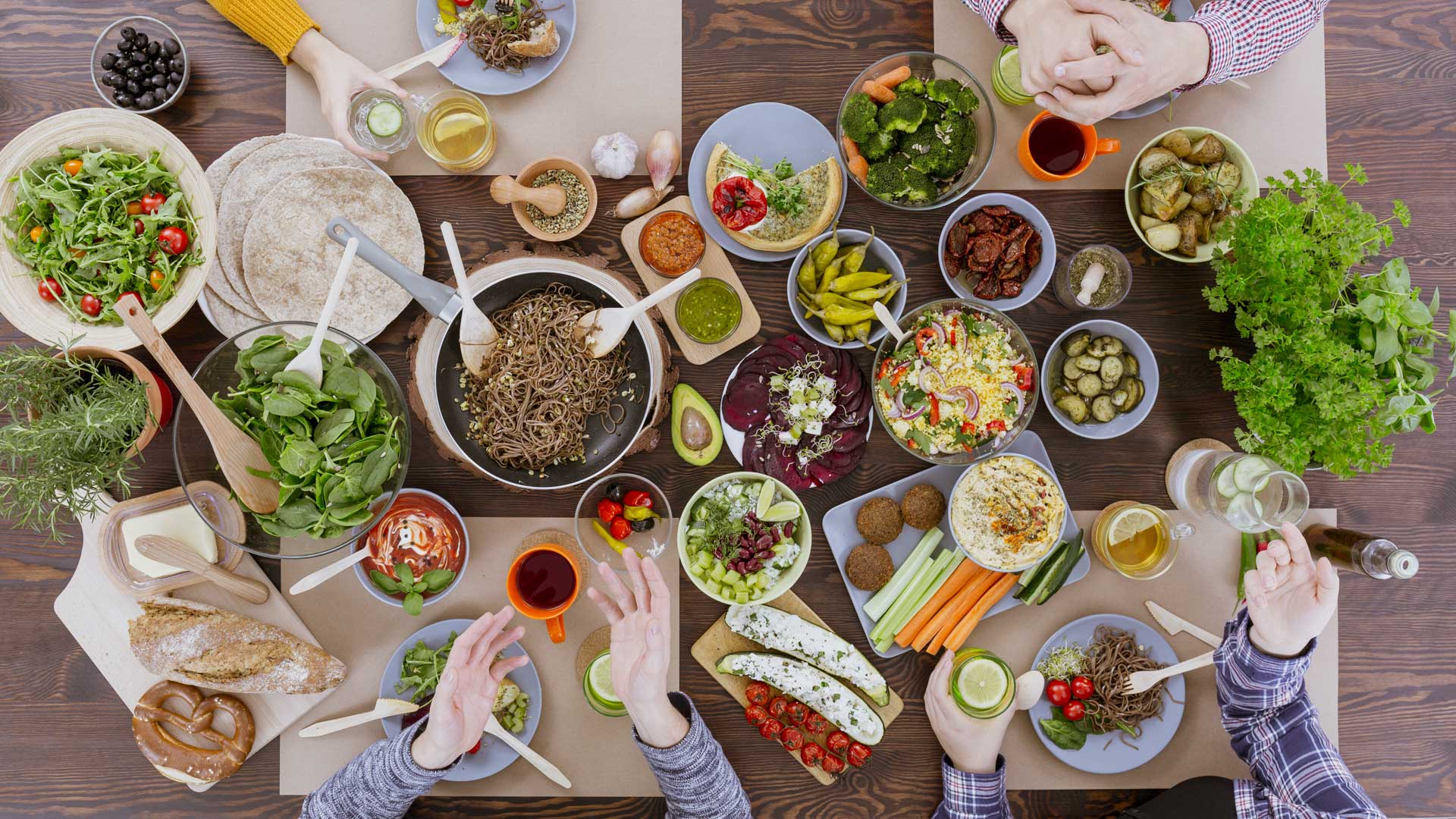At the beginning of the year 440,000 people had already signed up to Veganuary, the highest number since the start of the pledge in 2014. Were you someone who committed to the cause? Maybe, you could never be tempted. Maybe, you weren’t quite ready to sign away your inbox to an influx of vegan propaganda and reminders of your pledge. Either way, the successes ofVeganuary are undeniable. In 2020, 59% of participants stuck to a “fully vegan diet for the whole month” and 72% of these planned to stay vegan. (veganuary.com)
Hopefully if you have taken part you’ve felt some positive changes, whether that be to your bank account, moral compass or waistline. But what happens now? The branding of ‘Veganuary’, along with the trend of New Year’s Resolutions, places the vegan diet at the forefront of people’s minds in January, with the risk of it slipping into insignificance throughout the year. However, you can actually start Veganuary any day of the year — it’s not just for January. So, if you’re considering giving it a try, here are a few things which I found helped me:
- Watch documentaries to remember why you’re doing this. When a craving for that buttery cheese toastie hits, open up Netflix to cure your craving! My favourites are Cowspiracy and Earthlings.
- Follow plant-based influencers on social media (Earthling Ed, Carleigh Bodrug, Joey Carbstrong). So, when you’re scrolling through Instagram you get facts to support your diet choice, delicious recipes and vegan business recommendations.
- Meal plan and prep to ensure you’re getting all the right nutrients and are not left with frozen peas and pasta. Get your protein from tofu, meat substitutes, beans, pulses and vegetables. However, if you need that extra protein kick in the afternoon there are some delicious vegan protein bars available, Misfits being my favourite.
- Most supermarkets have their own vegan ranges. Some of my favourite brands are Quorn, Plant Pioneers and Linda McCartney (meat substitutes), Wicked Kitchen, Bol, Soulful (ready meals), Wicked Kitchen and Roar (ice-cream).
The best outcome from Veganuary is for people to become more conscious about the origins of the foods we eat and the impact of our lifestyle as a whole. ‘Vegan’ is sometimes a daunting label to place on yourself and one I’m tentative to use. Whilst for some people it means eliminating animal products from their diet, for others it embodies clothes, cosmetics and a refusal to support nonvegan businesses. The result is that vegan looks different for everyone; it is a scale rather than a black-and-white label. If you’re thinking of making changes, then consider it as a step-by-step process rather than a complete lifestyle overhaul. You don’t have to give up everything you enjoy forever. If you committed to Veganuary you might be loving your new vegan diet. If it’s not for you, just discovering that oat milk goes better in your coffee and that Vegenaise really does taste the same are positive changes you can keep.
Veganuary is not meant to be a divisive scheme to which you either opt in or out. It is about understanding the implications of our diet, and encouraging manageable changes that we can make to bridge the gap between the militant meat-eater and most radical vegan.
Header image credit: SinglePlatform

